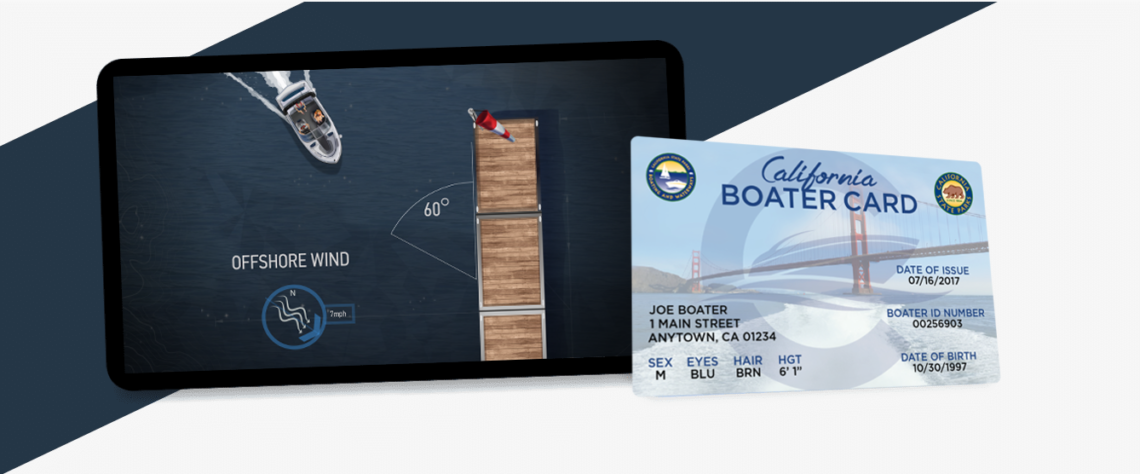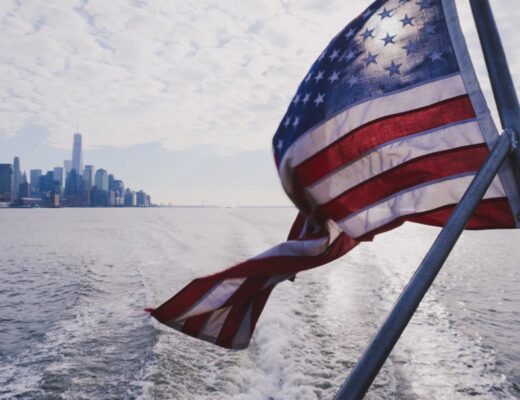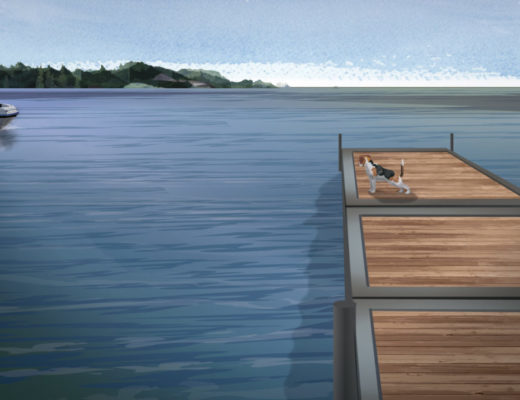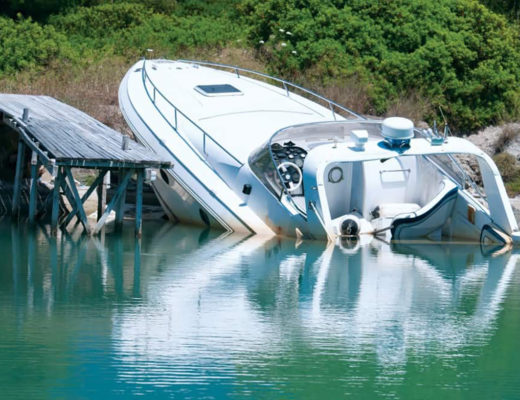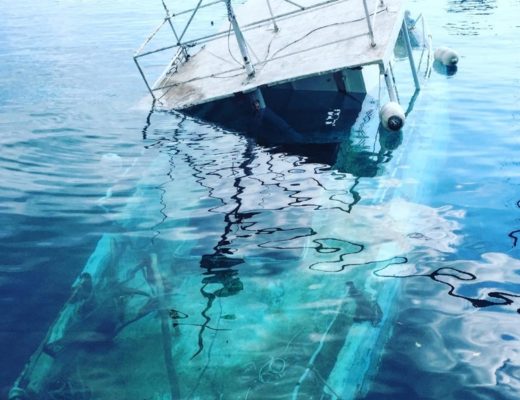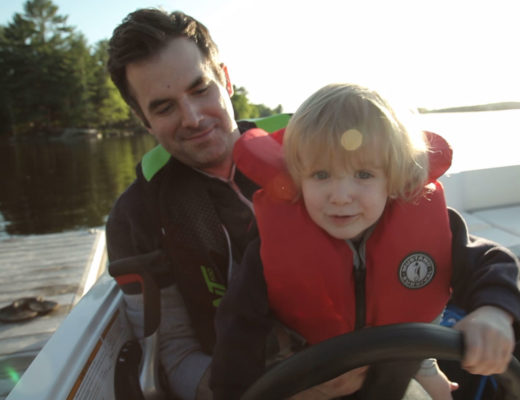Getting certified with your California Boater Card is the easiest way to learn everything you need to stay safe and be confident in California’s waters. Here’s our top list of what you’ll learn when you complete the California Boater Course with BOATsmart!
1. Life Jacket Safety. We’ll teach you everything you need to know about life jackets. Including what life jacket to choose for your chosen type of boating activity, how to make sure your life jacket fits, and how to test it each season.
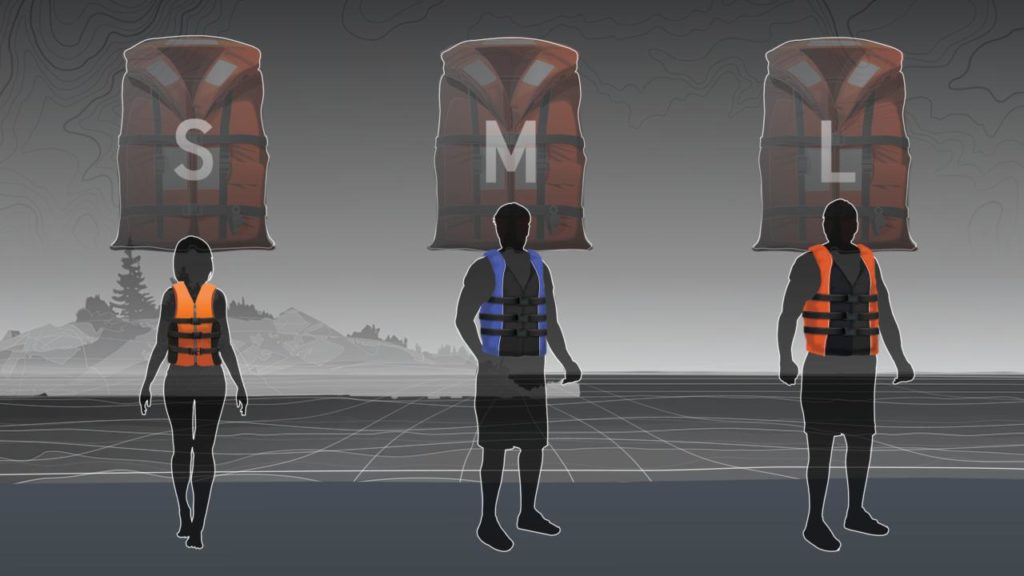
Plus, you’ll learn how to keep your life jacket in good shape and where to store it so it doesn’t get damaged in the off season. You’ll also learn how to put your life jacket on in the water, which is way trickier than you might think, so you’ll want to learn how to do it properly.
2. Boating Right-of-way. Do you know what to do if you’re approaching the port side of another boat? Do you keep going, or adjust your course? What about at night, on an unlit waterway? Don’t panic – we’ll teach you. Learn what action to take when you’re approaching, or being approached by another boat and how to operate safely to avoid a collision.
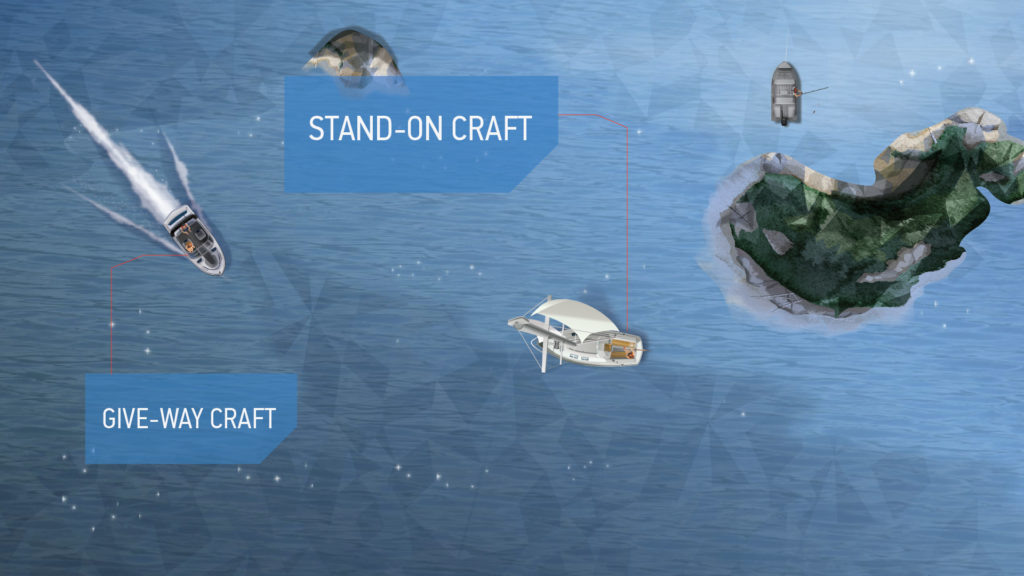
Your course of action will also change depending on what type of boat you’re approaching, including non-powered boats and larger commercial vessels. Right-of-way regulations may also vary depending on the waterway in which you’re operating, such as narrow channels with less room to maneuver.
3. Anchoring. The type of anchor that you’ll need will change depending on a variety of factors including the size of your boat and the type of waterway bottom. The California Boater Course will teach you how to choose the right anchor for your boat type, how much anchor line to let out to make sure that your boat won’t drift away.
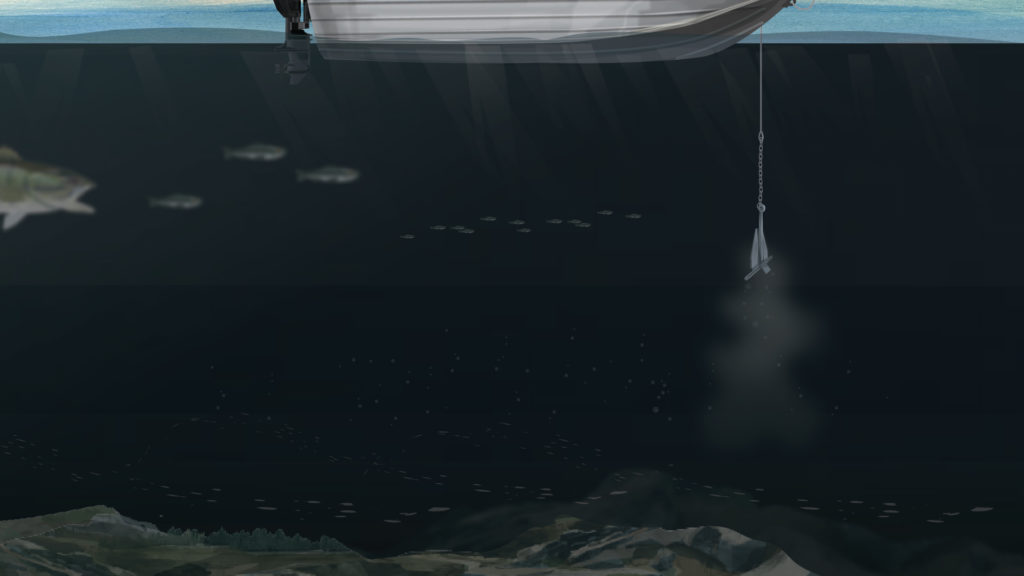
You’ll also learn from which end of your boat to let out the anchor line to avoid swamping from larger waves or the wake from other boat traffic.
4. Boat Safety Equipment. Boats of different types and sizes need to carry different safety equipment. Your boat’s safety equipment is also required by law – failure to carry certain items (such as enough life jackets) can result in fines for the operators.
Boat safety equipment also needs to be stored correctly so that it’s functioning properly and readily available in an emergency. Be sure that you’re familiar with which boat safety equipment you’ll need to carry by completing the California Boater Course.
5. Navigational Aids. If you encounter a green buoy on open water, which side should you pass on? There are a variety of buoys, flags and waterway markers that you’ll encounter across California’s waterways, and knowing what you do when you come across one (or several) is a vital part of boating safety.
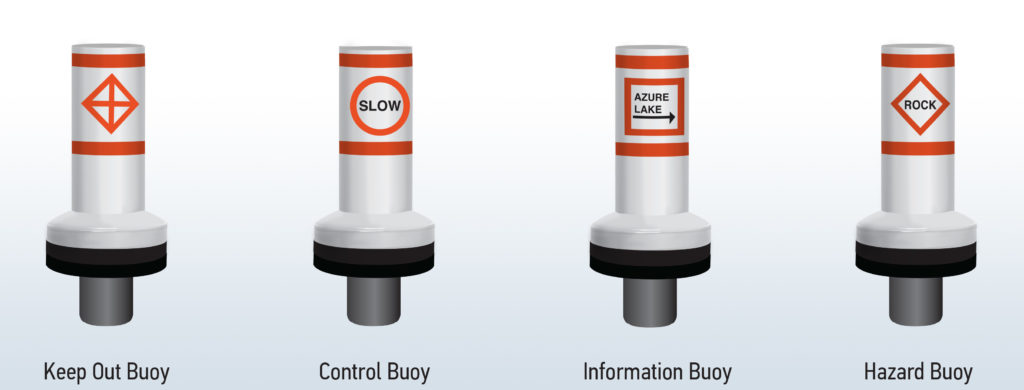
The California Boater Course will teach you about each type of navigation aid, including the lateral system, boating restriction signs, and special buoys and flags that may be found in different waterways.
6. Docking and Casting Off. Did you know that the wind has an impact on how you should dock your boat, or cast off? Understanding which angle of approach you should take and how to ensure you reduce your speed and gently bring your boat to a stop will avoid a lot of frustration – and damage to your vessel.
We’ll teach you how to dock your boat safely, cast off smoothly, and how to adjust your docking technique depending on the wind speed and direction. With some knowledge and practice, you’ll be a pro in no time.
7. Launching and Loading. Backing a trailer into the water and launching your boat can be tricky. The California Boater Course will walk you through the process step-by-step to make sure you can hit the water, without experiencing the awkward feeling of hogging the launch ramp while you struggle to get your boat off your trailer.
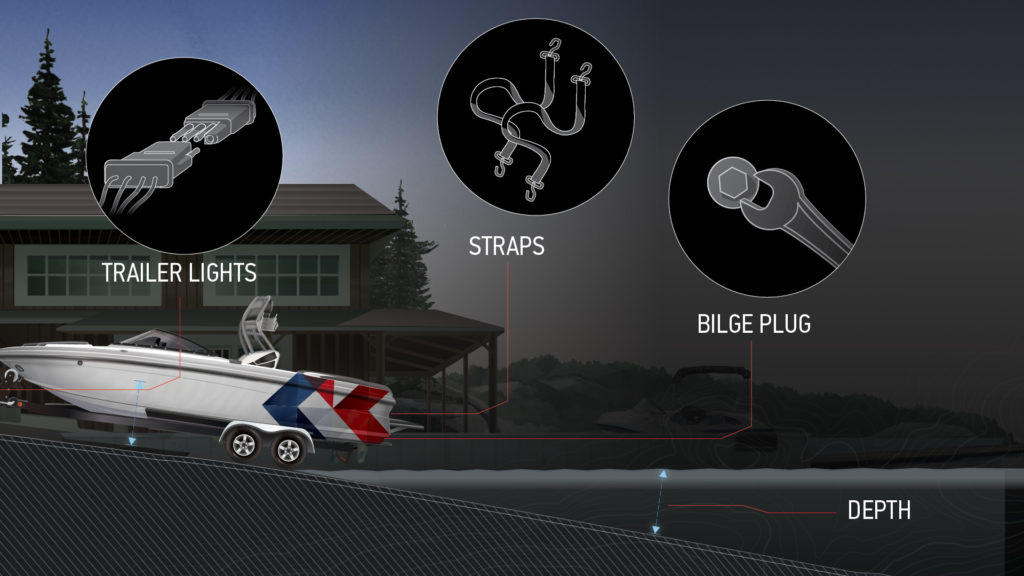
Loading your boat back onto your trailer also takes practice and patience, but it’s not as complicated as you may think, as long as you know how to do so safely. Check out the course and learn exactly how to load back on to your trailer after a day of soaking up the sun and water.
8. Why you shouldn’t drink and boat. Drinking and driving a boat is an obvious no-no. But it’s also consistently one of the highest causes of boating related accidents and deaths every year.
Many boat operators still don’t understand the effects that alcohol can have on their ability to operate safely – plus the effects of alcohol can be compounded by just being on the water. It’s important to understand the dangers of drinking and boating – we’ll teach you the rules and regulations around boating and alcohol in California.
9. Fueling. Fueling procedures will vary depending on the type of boat you’re operating, or if your boat has a portable fuel tank. It’s important that boaters understand how to fuel their type of boat safely to avoid an accident or damage to their vessel.
The California Boater Course provides step by step instructions on how to fuel various boat types, and provides tips to ensure you’re fueling your boat safely.
10. Emergency Preparedness. What would you do if your boat caught on fire? What if your fishing buddy stood up and fell into frigid early spring waters? Or you missed a buoy marking an underwater hazard and now your hull is filling with water? None of these are unlikely scenarios – in fact they happen all the time.
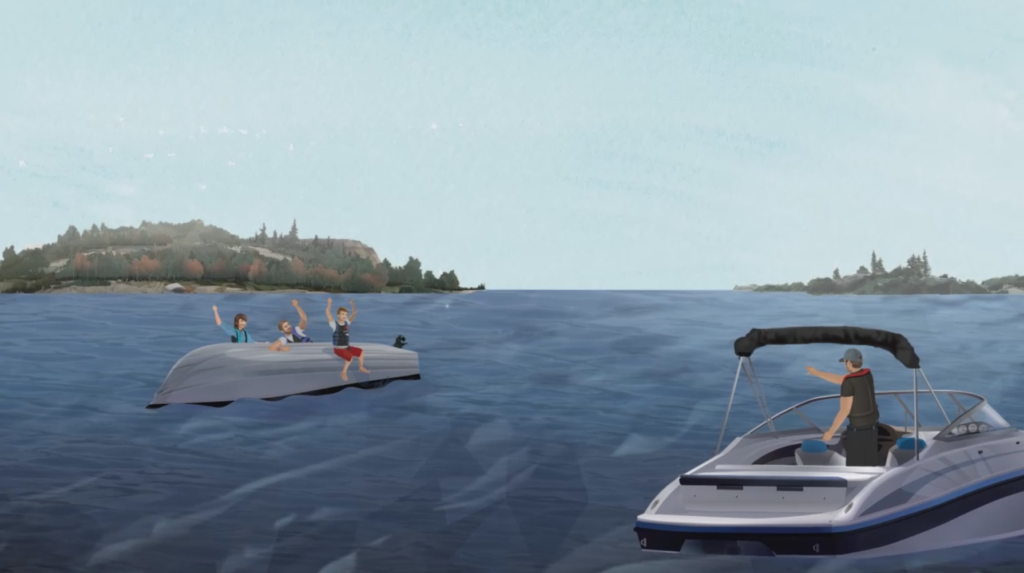
Knowing how to respond to various boating emergencies is critical to ensuring a safe boating trip. The California Boater Course provides detailed instructions on what to do in a man-overboard scenario, how to handle a boat fire, what to do if you’ve run aground and your boat is taking on water, and how to respond in a capsizing emergency.
Understanding how to navigate waterways, operate your boat safely, and how to respond in a bot emergency are all crucial parts of becoming a safe and confident boater. If you’re planning to head out on the boat and enjoy California’s stunning waterways, be sure to complete the California Boater Course and get certified.
Completing the BOATsmart! Safe boating course will give you all of the knowledge and confidence you need to ensure that you’re safe, and can enjoy your time on the water.
